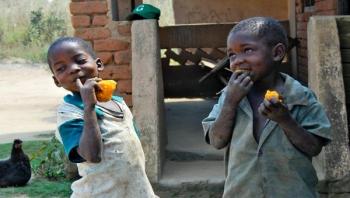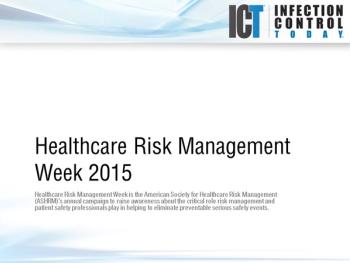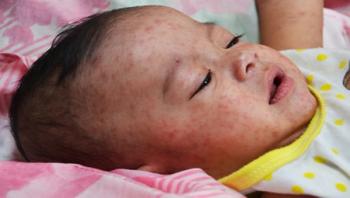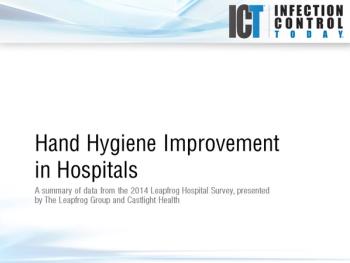
News








A joint mission by the World Health Organization and the Republic of Korea’s Ministry of Health and Welfare to review the outbreak of Middle East Respiratory Syndrome coronavirus (MERS CoV) in the Republic of Korea has recommended that continuing strengthening of contact tracing, monitoring and quarantine as well as expanded laboratory testing will prevent further spread of the virus.

A new study has found that orange sweet potato (OSP) reduced both the prevalence and duration of diarrhea in young children in Mozambique. The OSP was conventionally bred to provide more vitamin A in the diet. In Africa, more than 40 percent of children aged under 5 are estimated to be at risk of vitamin A deficiency. This increases the risk of diseases such as diarrhea, which is one of the leading causes of mortality in children, taking more than 350,000 lives of children under 5 in Africa every year.




For the past 15 years, Erika Garcia has worked for the World Health Organization (WHO) as an infectious disease control specialist. Erika has been deployed for a variety of disease outbreaks, including Middle East Respiratory Syndrome Coronavirus in Qatar and an unknown cause of illnesses and deaths in Panama that was later characterized as renal failure syndrome due to consumption of contaminated medications, among others.




There have been no MERS cases in the United States since May 2014, and the Centers for Disease Control and Prevention (CDC) says the risk of MERS to the general public in this country remains very low. The CDC and other public health partners continue to closely monitor the MERS situation.






Between June 5 and June 8, 2015, the National IHR Focal Point for the Kingdom of Saudi Arabia notified the World Health Organization (WHO) of eight additional cases of Middle East respiratory syndrome coronavirus (MERS-CoV) infection

The Centers for Disease Control and Prevention (CDC) will offer a Grand Rounds session, "Working to Eliminate Measles Around the Globe," on Tuesday, June 16, 2015 at 1 p.m. ET.

On June 10, 2015, the National IHR Focal Point of Chile notified the World Health Organization (WHO) of five cases of measles infection.



A new, rapid method is helping detect how bacteria sense and respond to changes in their environment. Bacteria can pick up external signals, which then relay to internal signaling pathways that direct their behavior. This surveillance also can trigger survival tactics for a variety of harsh situations, such as lack of nutrients or the presence of antibiotics. In a cover article published June 9 in Science Signaling, microbiologists expressed particular interested in the sensing done by the food-poisoning bacteria, Salmonella. The pathogen is adept at adjusting to different locations and surrounding conditions. One of its safety strategies is to gather into a biofilm -- a collection of bacteria huddled together in a protective coating.
